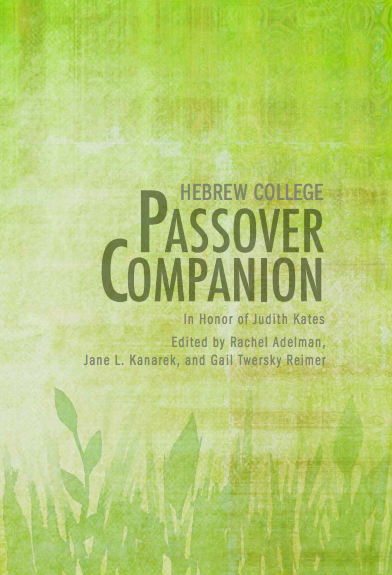(ד) מָזְגוּ לוֹ כוֹס שֵׁנִי, וְכָאן הַבֵּן שׁוֹאֵל אָבִיו, וְאִם אֵין דַּעַת בַּבֵּן, אָבִיו מְלַמְּדוֹ, מַה נִּשְׁתַּנָּה הַלַּיְלָה הַזֶּה מִכָּל הַלֵּילוֹת, שֶׁבְּכָל הַלֵּילוֹת אָנוּ אוֹכְלִין חָמֵץ וּמַצָּה, הַלַּיְלָה הַזֶּה כֻלּוֹ מַצָּה. שֶׁבְּכָל הַלֵּילוֹת אָנוּ אוֹכְלִין שְׁאָר יְרָקוֹת, הַלַּיְלָה הַזֶּה מָרוֹר. שֶׁבְּכָל הַלֵּילוֹת אָנוּ אוֹכְלִין בָּשָׂר צָלִי, שָׁלוּק, וּמְבֻשָּׁל, הַלַּיְלָה הַזֶּה כֻלּוֹ צָלִי. שֶׁבְּכָל הַלֵּילוֹת אָנוּ מַטְבִּילִין פַּעַם אַחַת, הַלַּיְלָה הַזֶּה שְׁתֵּי פְעָמִים. וּלְפִי דַעְתּוֹ שֶׁל בֵּן, אָבִיו מְלַמְּדוֹ. מַתְחִיל בִּגְנוּת וּמְסַיֵּם בְּשֶׁבַח, וְדוֹרֵשׁ מֵאֲרַמִּי אוֹבֵד אָבִי, עַד שֶׁיִּגְמֹר כֹּל הַפָּרָשָׁה כֻלָּהּ:
(4) They mixed him a second cup, and here the son questions his father. If the son lacks the intelligence to ask, his father instructs him: On all other nights we dip once, on this night we dip twice? On all other nights we eat hametz or matzah, on this night only matzah. On all other nights we eat roasted, stewed or boiled meat, on this night only roasted. He begins with shame and concludes with praise; and expounds from “A wandering Aramean was my father” (Deuteronomy 6:20-25) until he completes the whole section.



